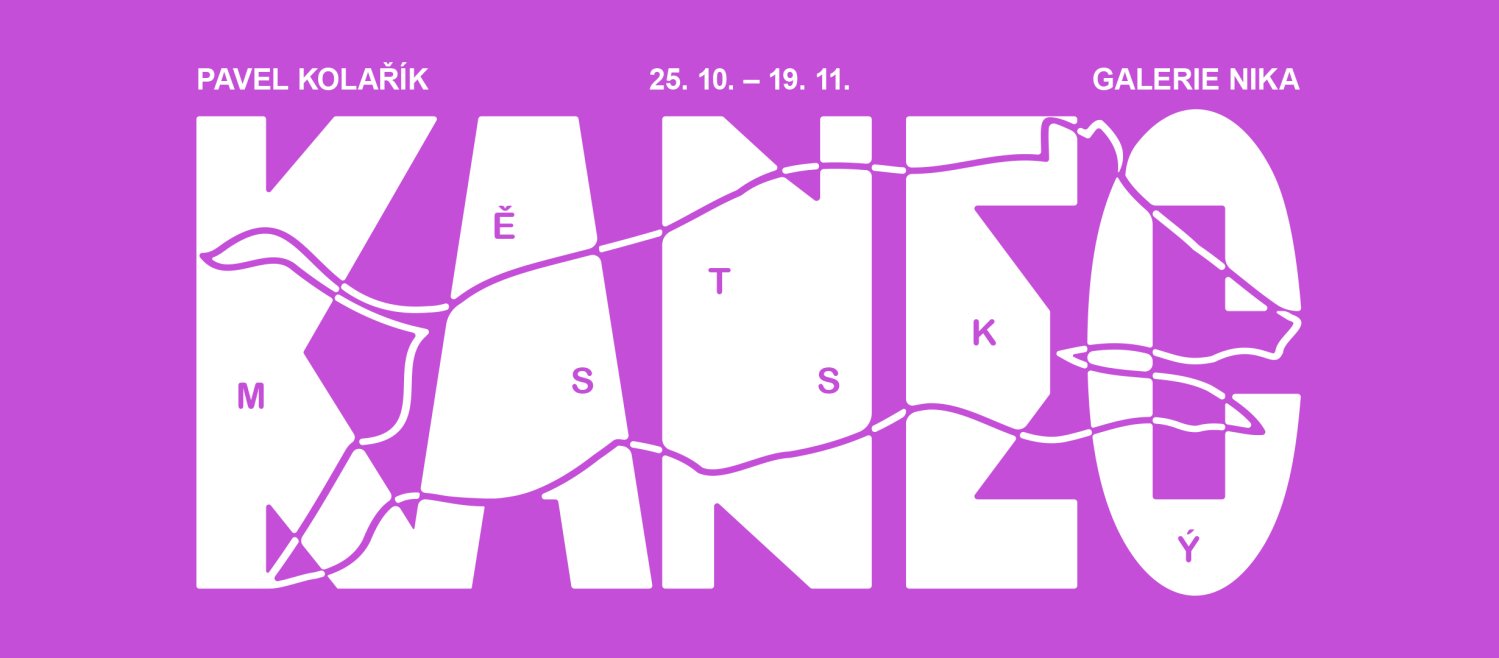Pavel Kolařík: Kanec městský
26. 10. - 18. 11. 2022
Vernisáž: 25. 10. 2022 od 19h
Odkaz na FB událost ZDE.
Střet města a lesa, divočáka a prasete, člověka a přírody. Jaké jsou dopady urbanizace zvířat? Mění se posunem divoké zvěře do měst i její chování? Podoba? Charakteristické prvky? Adaptuje se lidstvem kolonizovaná zvěř na městský „životní styl“? A vzniká tím celý nový živočišný druh?
Pavel Kolařík se nad uvedenými otázkami zamýšlí a tematizuje je ve své říjnové výstavě v Galerii NIKA. Výchozím bodem je pro něj skutečnost, že nejen krajina, ale i zvířata procházejí procesem urbanizace. Vzhledem k mohutné výstavbě dochází k vytlačování zvířat z jejich teritorií, v důsledku čehož pak přibývají ve městech druhy dříve se vyskytující spíš v lesích, na polích či loukách. Nejedná se přitom jen o periferie měst, kam snadněji ze svého (dříve) přirozeného prostředí zabloudí, ale nezřídka slýcháme i o pohybu divokých zvířat v městských centrech.
Pavel Kolařík svým keramickým objektem zpodobňuje střet dvou nesourodých postojů, možná dokonce situací, jež demonstrují odlišné způsoby existence. Do městského prostoru galerie usazuje divokého kance a uzavírá jej do vitríny coby exponát. Vybízí tak k pečlivému ohledání tohoto zvířete, které – jak po chvíli zjistíme – anatomicky, ale třeba i strukturou srsti sice nese rysy divočáka, jeho barevnost nicméně evokuje spíš prase domácí, způsob usazení pak možná i člověka. Autor zde akcentuje střet dvou zdánlivě nekombinovatelných entit: člověka a zvířete, zastavěného města a volné přírody, instinktivního a naučeného. Uvedené přitom nestaví do přímé opozice a naopak vytváří dojem zdánlivě harmonického splynutí, které má ve skutečnosti k souladu daleko.
kurátorky: Anežka Rucká, Eliška Špálová, Amálie Bulandrová
autoři grafického řešení: Michal Tůma, Pavel Kuja
*Galerie NIKA je přístupná 24 hodin, 7 dní v týdnu → metro B, Karlovo náměstí, vstup přes Palackého náměstí*
The clash of city and forest, boar and pig, man and nature. What are the impacts of the urbanization of animals? Does the shift of wildlife to cities change their behaviour? Their form? Their characteristic elements? Does the human-colonized wildlife adapts to an urban "lifestyle"? And does this create a whole new species?
Pavel Kolařík reflects these questions and thematizes them in his exhibition at NIKA gallery. The starting point for him is the fact that not only the landscape, but also animals are undergoing a process of urbanisation. Due to the massive construction, animals are being pushed out of their territories, which results in an increase in the number of species in cities that were previously found more in forests, fields or meadows. It is not only the periphery of cities where they can more easily stray from their (formerly) natural habitat, but we often hear of wild animals moving into city centres.
With his ceramic object, Pavel Kolařík depicts the clash of two disparate attitudes, perhaps even situations that demonstrate different ways of existence. He places a wild boar in the gallery space and encloses it in a showcase as an exhibit. He invites us to examine this animal carefully, which - as we discover after a while - anatomically, but also in the structure of its fur, bears the features of a wild boar, but its gentle colouring evokes more of a domestic pig, and the way it is settled perhaps even a human. The author accentuates the clash of two seemingly incompatible entities, but at the same time he blurs the boundaries that stand between them. The clash between man and animal, the city and the wild, the clash between the instinctive and the learned. The two do not clash directly, but rather seemingly blend harmoniously, which in reality is far from harmony.
curators: Anežka Rucká, Eliška Špálová, Amálie Bulandrová
visual design: Michal Tůma, Pavel Kuja
*NIKA gallery is open 24/7 and is located in the vestibule of Karlovo náměstí subway station → B line, Karlovo náměstí station, entrance from Palacké náměstí*

